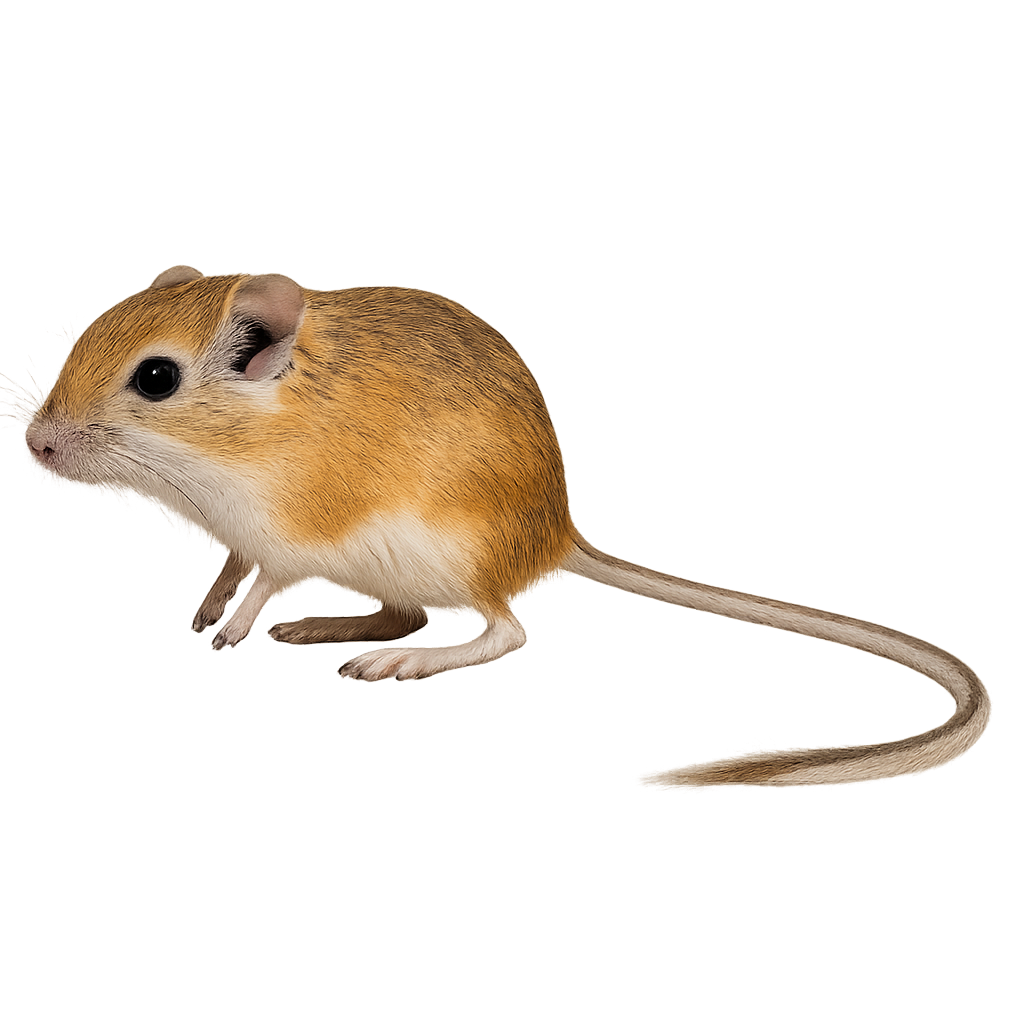Your wildlife photography guide.
Explore the desert kangaroo rat in detail, study its behavior, prepare your shots.
Where to observe and photograph the desert kangaroo rat in the wild
Learn where and when to spot the desert kangaroo rat in the wild, how to identify the species based on distinctive features, and what natural environments it inhabits. The WildlifePhotographer app offers tailored photography tips that reflect the desert kangaroo rat’s behavior, helping you capture better wildlife images. Explore the full species profile for key information including description, habitat, active periods, and approach techniques.
Desert Kangaroo Rat
Scientific name: Dipodomys deserti

IUCN Status: Least Concern
Family: HETEROMYIDAE
Group: Mammals
Sensitivity to human approach: Suspicious
Minimum approach distance: 10 m
Rut period: February to March
Gestation: 29-32 jours
Births: March to April
Habitat:
Deserts, dunes, arid plains
Activity period :
Mainly active at night, generally discreet during the day.
Identification and description:
The Dipodomys deserti, or desert kangaroo rat, is a fascinating rodent inhabiting the arid regions of the western United States. This small mammal, weighing between 70 and 130 grams, is perfectly adapted to desert life. It has long hind legs that allow it to leap great distances, much like a kangaroo, hence its name. Its fur is generally sand-colored, providing excellent camouflage in its environment. The desert kangaroo rat is primarily nocturnal, allowing it to avoid the intense daytime heat. It mainly feeds on seeds, which it stores in its cheek pouches to transport back to its burrow.
Recommended lens:
400 mm – adjust based on distance, desired framing (portrait or habitat), and approach conditions.
Photography tips:
To photograph the desert kangaroo rat, it is advisable to use a telephoto lens of at least 400mm to capture detailed images without disturbing the animal. Being nocturnal, it is best to photograph it at dusk or dawn when the light is soft. Use a tripod to stabilize your camera and avoid motion blur. Be patient and quiet to avoid scaring the kangaroo rat, and wait for it to emerge from its burrow to feed.
The WildlifePhotographer App is coming soon!
Be the first to explore the best nature spots, track rutting seasons, log your observations, and observe more wildlife.
Already 1 430 wildlife lovers subscribed worldwide

